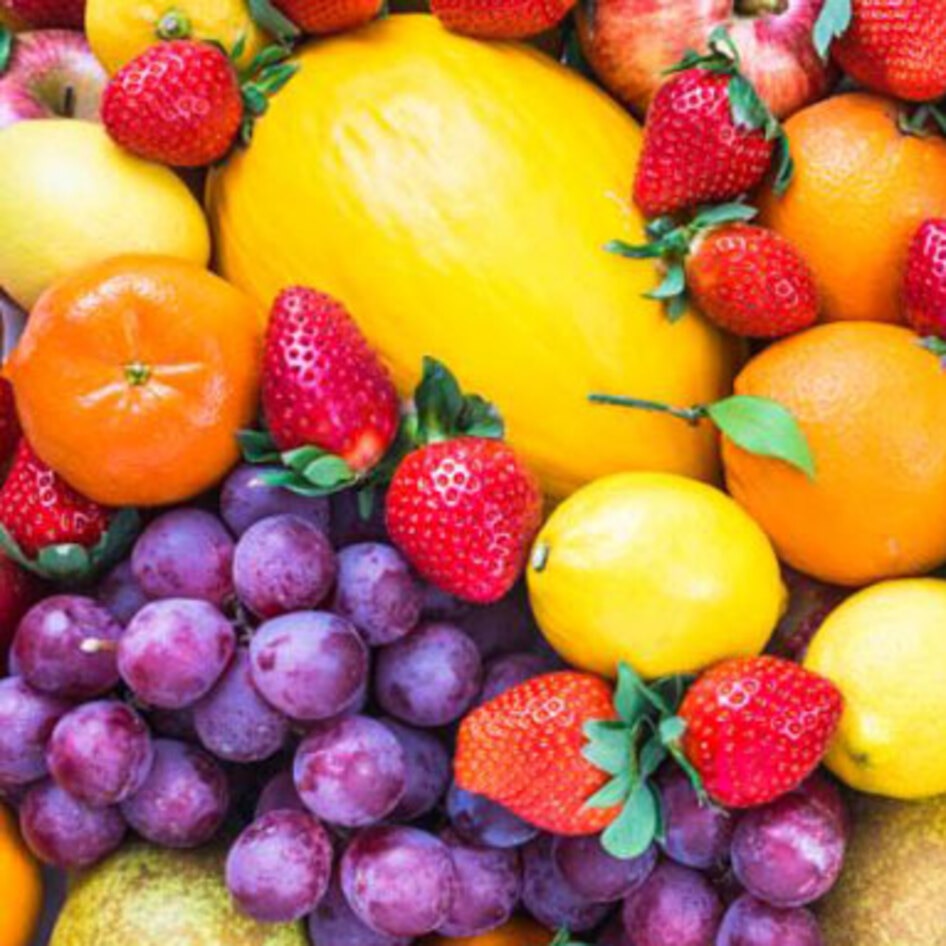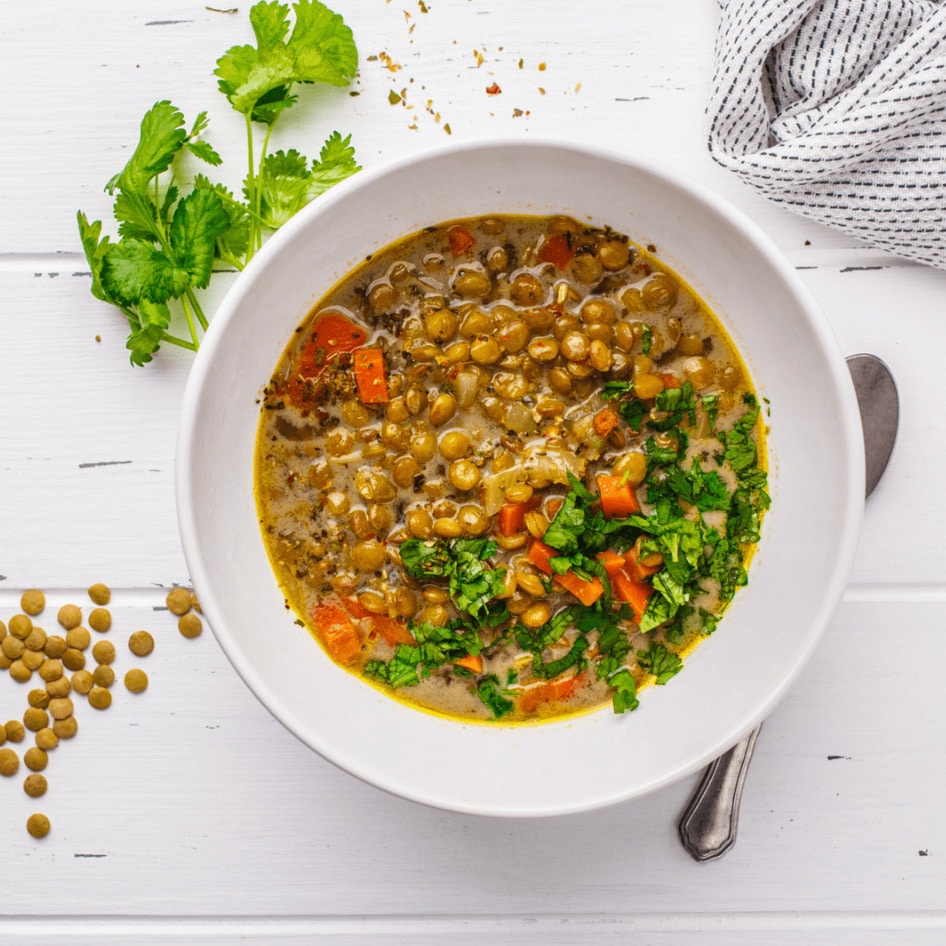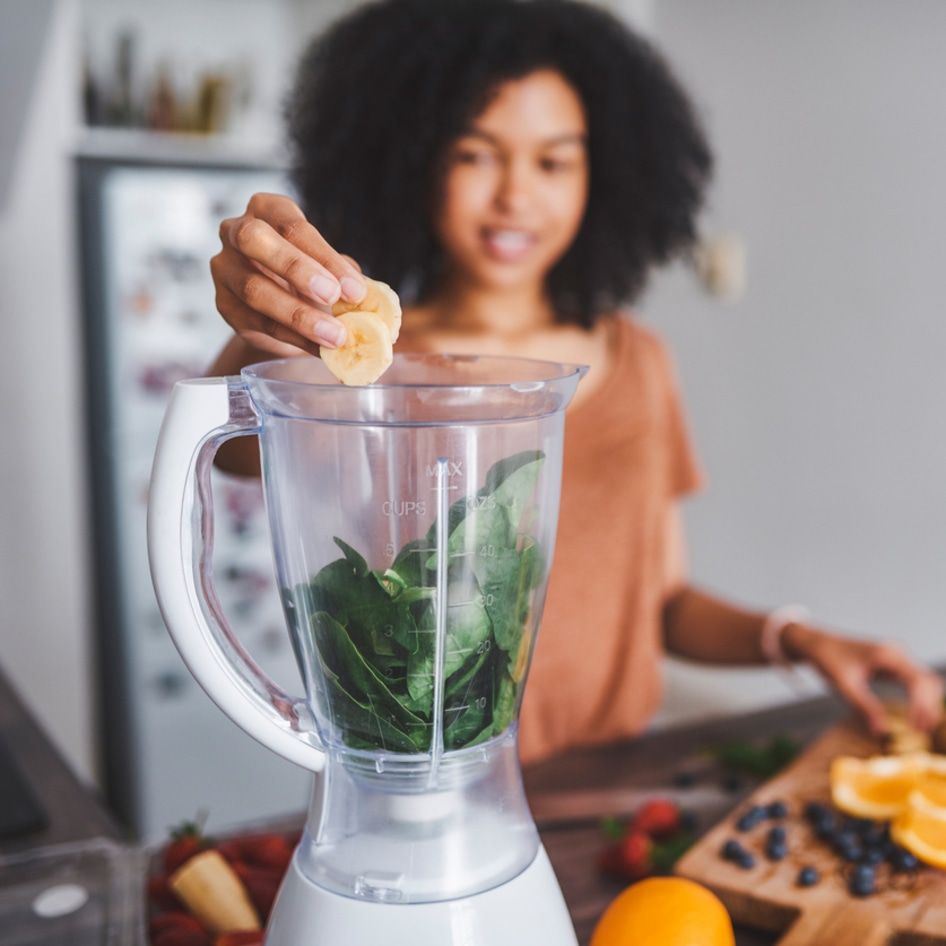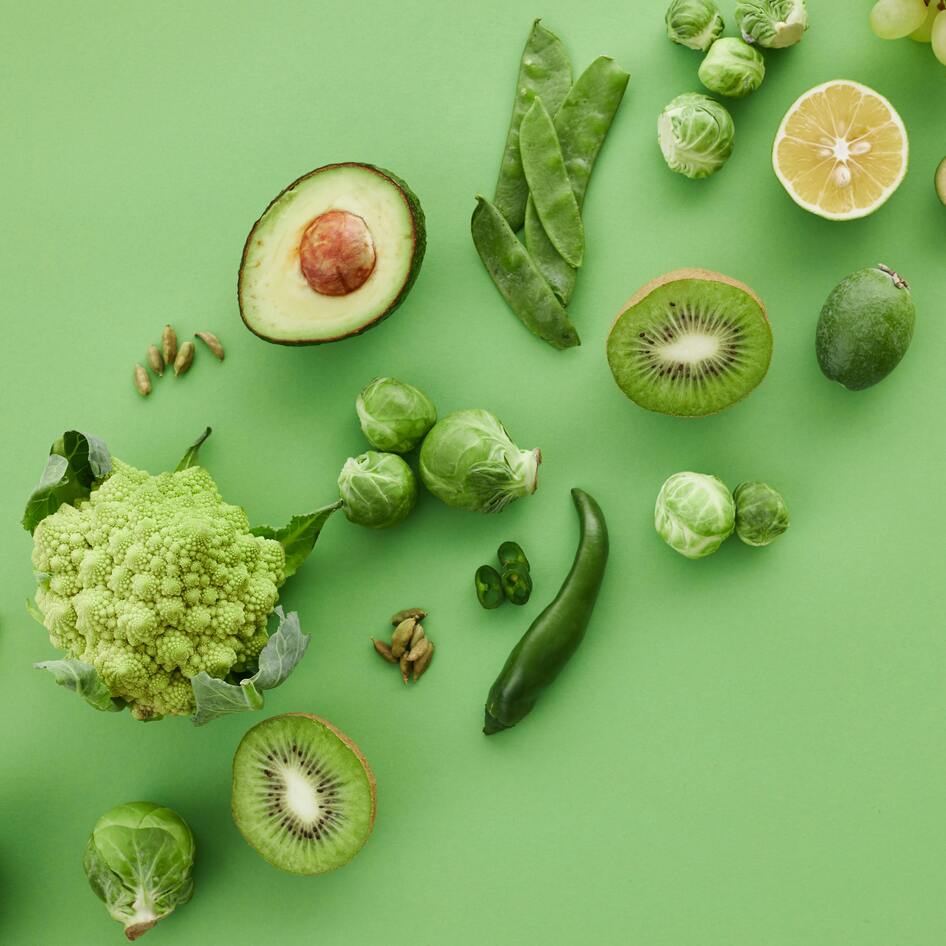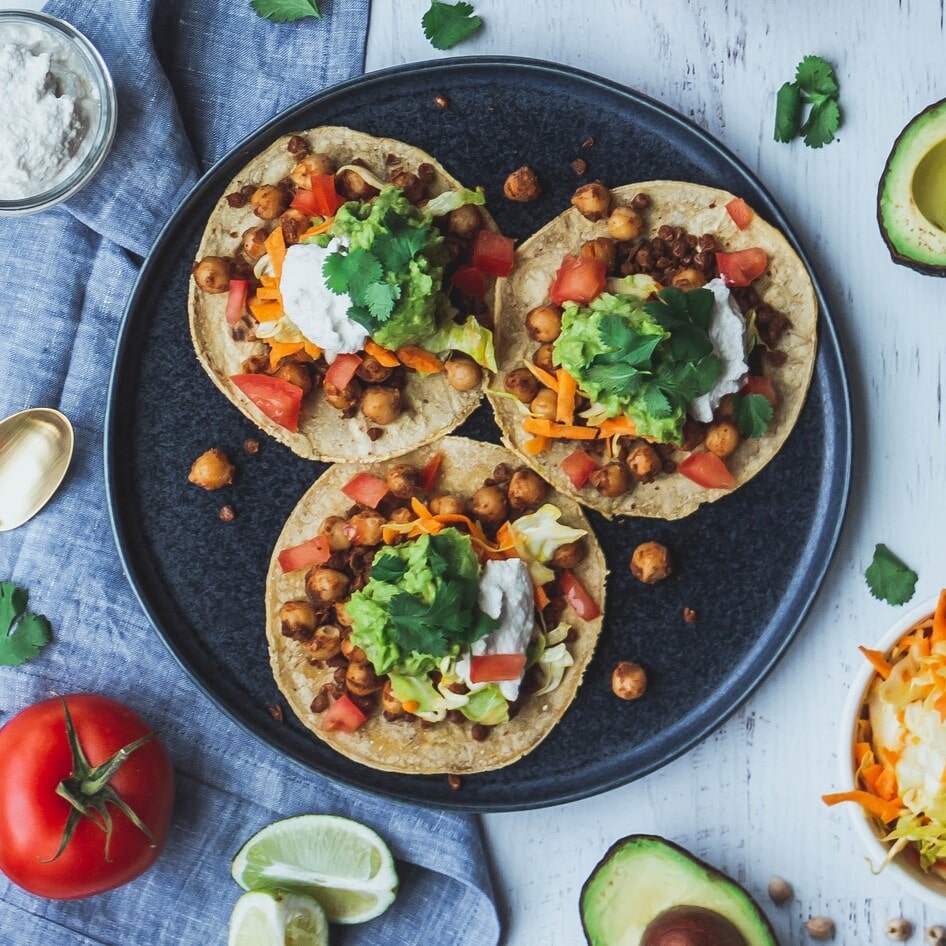5 Tips for Becoming a Frugal Vegan Gourmet
Enjoying a delicious and nutritious plant-based diet on a budget is easy with the proper know-how.
August 8, 2016
Do artisanal nut cheeses and succulent soy sausages make your mouth water whenever you see them at the supermarket? But when you pick up these plant-based delights, do you suffer sticker shock after checking the prices? If the answer to the latter is “yes,” we’re here to help by teaching you how to create gourmet vegan meals at home … without the use of a culinary school degree. Here are five tips to help you become an economical epicurean.
1. Buy whole (rather than processed) food
When you purchase ready-made foods, you’re also paying for the packaging, the marketing, the shelf space, and the convenience of not having to expend time and energy preparing them yourself. The ever-expanding cornucopia of vegan products is a wonderful thing, and we wholeheartedly support the companies making them. That said, buying ingredients and preparing meals in your kitchen saves you beaucoup bucks. Take beans, for example. One thrifty cook calculated that canned beans cost more than twice as much as dried beans. Of course, you have to cook dried beans for at least an hour, but the actual effort involved is minimal.
2. Buy staple foods in bulk
Stocking your pantry, spice rack, refrigerator, and freezer with large quantities of the ingredients you use most is a great first step toward lowering your grocery bill because once you have these ingredients on hand, you’ll be more inclined to use them when the cooking mood strikes. Some of the staples include grains (such as rice, quinoa, and pasta), nuts, beans, flour, peanut butter, canned vegetables, dried fruit (for breakfast cereal and oatmeal), and frozen vegetables. Also, pay attention to when fresh fruit and vegetables are in season because that’s when they are both at their peak ripeness and cost the least. For more information, check out the Seasonal Produce Guide, which highlights summer stalwarts such as beets, eggplant, watermelon, nectarines, and berries.
3. Grow your own produce or join a CSA
If you’ve got a green thumb, growing a vegetable garden is for you. According to a study by the National Gardening Association, planting the average garden costs approximately $70 a year but yields more than $600 in produce. For instance, for every dollar you spend on green bean seeds, you’ll get $74 worth of green beans. Depending on where you live, you might also be able to grow your own tomatoes or fruit trees. In most climates, you can cultivate fresh herbs in your yard or a window-box (at least during spring and summer), and anyone can grow herbs indoors using hydroponics. Of course, having a garden requires a significant investment of time and effort, so a less work-intensive option for getting fresh produce at reduced prices is to join a Community Supported Agriculture (CSA) program and have a basket of fresh, locally grown produce delivered to your door. CSA membership prices vary, but many people save money on produce, especially if the one you join offers a discount for up-front payment of an entire season.
4. Get cooking
Once you have your essential ingredients, you’ll be ready to turn them into appetizing meals that you’ll love and appreciate. With the vast number of easy recipes available online or featured in plant-based cookbooks today, you can make luscious vegan cheeses, voluptuous veggie burgers, and other delectable but affordable delicacies from scratch that rival (or surpass) anything from the grocery store shelf in taste, quality, and nutritional content. Besides, ask any cook worth her salt (and pepper), and she’ll tell you that the satisfied feeling of creating culinary masterpieces in your kitchen is as equally rewarding as eating them.
5. Don’t waste it—freeze it
Whether you buy fresh produce in bulk or at your local farmers’ market, many recipes call for only a portion of what you’ve purchased. This is particularly true with fresh herbs such as parsley, large bags of prewashed greens, and fruit or vegetables that have a short shelf-life. The way to make sure you can use these ingredients at a later date is to freeze them, as freezing not only ensures that nothing you buy goes rotten but also gives you more options when you want to cook but don’t feel like shopping. Check out this list of vegetables you can freeze with instructions on how to prepare each for the freezer. You can also freeze the meals you make so you always have something healthy, tasty, and inexpensive to eat.
JUMP TO ... Latest News | Recipes | Guides | Health | Subscribe


